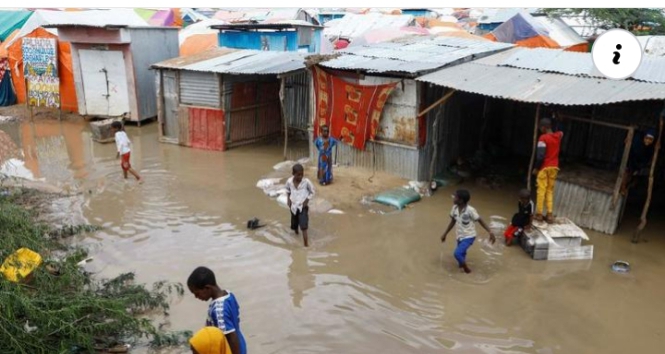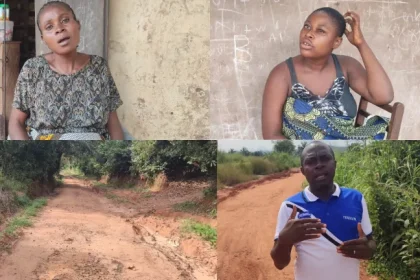By Adeyemi Adekunle
Sudan is reeling from the devastating impact of heavy rains that have claimed 53 lives, injured 208 others, and left thousands of families in despair. The torrential downpours, which have ravaged nine states across the country, have led to the complete collapse of over 2,000 houses and partially destroyed more than 4,000 homes. As the country continue to grapple with the immediate aftermath, public health concerns are mounting, with cases of acute watery diarrhea on the rise.
The Sudanese Health Ministry’s Autumn Emergency Room, which has been closely monitoring the situation, released a statement on Saturday confirming the grim statistics. “A total of 208 injuries have been recorded, including 53 deaths, while 9,777 families were affected,” the statement read. The scale of the destruction has left entire communities in a state of emergency, with homes reduced to rubble and families struggling to find shelter and basic necessities.
Amidst the physical devastation, the floods have exacerbated an already fragile public health infrastructure. On Friday, 25 new cases of acute watery diarrhea were reported, bringing the total number of cases to 192 across the states of Kassala, Khartoum, and Gezira.
The surge in cases has raised alarm among health officials, who are concerned about the potential for a larger outbreak in the coming weeks.
Flooding is not a new phenomenon in Sudan. The country has been grappling with seasonal floods for years, typically between June and October. However, the intensity and frequency of these floods have increased in recent years, with the past three years being particularly devastating.
Hundreds of lives have been lost, and vast areas of agricultural land have been destroyed, threatening the livelihoods of millions of Sudanese who rely on farming for their sustenance.
The situation in Sudan is a stark reminder of the growing impact of climate change on vulnerable regions. As the country faces the immediate challenge of providing relief to those affected, the long-term implications of these recurring disasters cannot be ignored. The destruction of homes and infrastructure not only displaces families but also disrupts access to essential services, including healthcare and education.
The rising cases of waterborne diseases like acute watery diarrhea underscore the urgent need for improved sanitation and access to clean water in flood-affected areas.
Local authorities and international aid organizations are working tirelessly to provide relief to the affected communities. Emergency shelters have been set up, and efforts are underway to distribute food, clean water, and medical supplies. However, the scale of the disaster has overwhelmed existing resources, prompting calls for more robust support from the international community.
As Sudan continues to navigate this crisis, the focus must also turn to long-term strategies for resilience and adaptation. Strengthening infrastructure, improving early warning systems, and investing in climate-resilient agriculture are critical steps in mitigating the impact of future floods. Without these measures, Sudan risks facing a cycle of devastation that will continue to erode the fabric of its society and economy.
For now, the priority remains on saving lives and preventing further loss as the country braces for more rain in the weeks ahead. The full extent of the damage is yet to be determined, but one thing is clear: the people of Sudan are in urgent need of help, and the world must not turn a blind eye to their plight.




